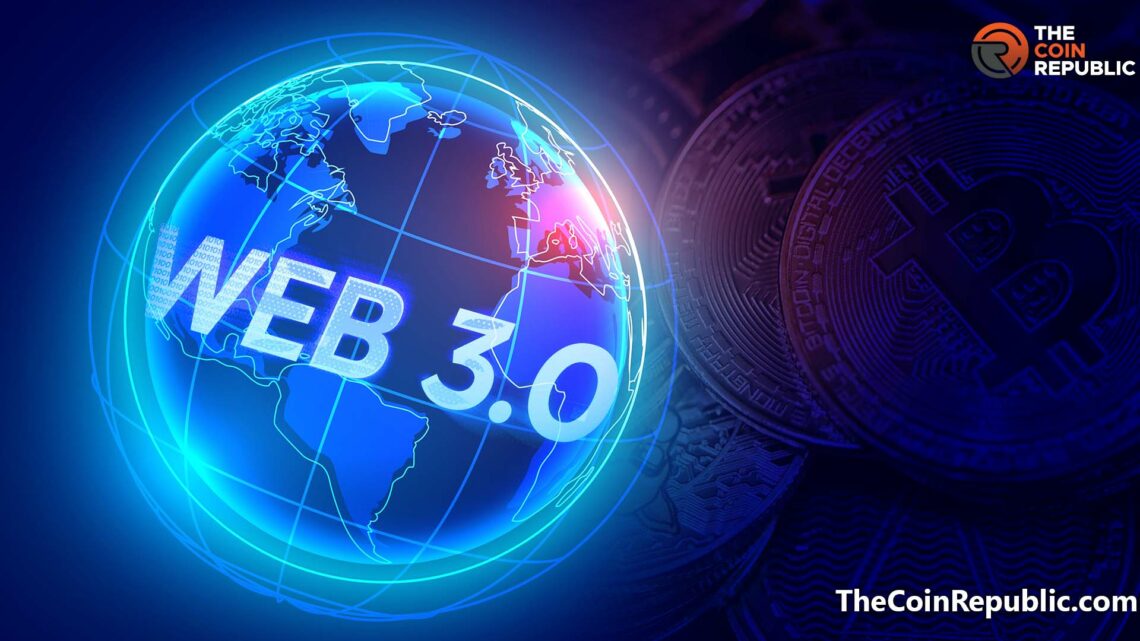- Web3 has the potential to change how digital advertisers engage with customers online.
- Blockchain and peer-to-peer networks are the foundation of Web3 technology.
Digital advertising could undergo a change because of the Web3 generation of decentralized internet protocols. With more secure and anonymous browsing, greater data privacy, and better control over user data, it could alter how we use the internet.
Digital marketers now have access to high-quality data that is impervious to manipulation or censorship thanks to Web3 for example Blockchain Digital Marketing Agency. They will be able to develop customized campaigns that are catered to each user as a result of gaining more precise insights into their target audience. In addition, Web3 will assist marketers in developing campaigns at a lesser cost compared to conventional techniques.
Despite the fact that Web3 is still in its infancy, it has enormous potential for digital advertisers in the future. It has the ability to completely change how the market engages with clients online.
Commercial Web3 Technology’s Rise
Decentralized technologies like blockchain and peer-to-peer networks, which disperse data through a network of nodes, rather than storing it in a single location, are the foundation of Web3 technology. By way of decentralized digital assets, technology has already begun to open up new prospects for people and enterprises.
Non-fungible tokens (NFTs), a Web3 technological pioneer, experienced a sharp increase in the beginning of 2021. Interest in digital collectibles, virtual real estate, and other NFT-based assets increased as the price of cryptocurrencies rose and decentralized finance (DeFi) projects gained popularity.
NFTs are fundamentally a new kind of digital ownership. These digital assets are kept on a blockchain, a distributed, decentralized ledger that offers a safe, transparent method of asset storage and transfer. NFTs have the potential to return electricity to the people when they are made and stored securely.
NFTs have become more popular, but there isn’t a defined method for making, marketing, or maintaining them. NFTs have occasionally been produced without the original creators’ knowledge or approval, highlighting the murkiness and complexity of Web3 copyright law. An article on the Verge from 2022 highlights instances of NFT copyright breaches
There are steps users can take even though strict regulation in the conventional sense may be at odds with the principles of blockchain. Use trustworthy platforms, for instance, to guarantee that tokens are issued securely and correctly, and that digital assets are either held by the developer or have the appropriate licenses. Open-source licensing, encryption, and copyright registration are additional safeguards that creators and users can use to secure their NFT codes.
Ways Web3 Might Affect How Digital Advertising Develops In The Future
Removing middlemen: Web3 enables advertisers to communicate directly with their target market without the use of agents like Google, Facebook, or Amazon. This may result in lower expenses, more control over ad placements, and more precise targeting.
Increasing user engagement: Web3 provides a more interactive and interesting user experience, which can increase the rate at which users interact with advertisements. For instance, users can gain tokens by watching advertisements or giving their data, which can make using the service more enjoyable and profitable for them.
Ad tokenization: It is made possible by Web3 and applies to all digital assets, including advertising. Because users can acquire tokens by interacting with advertisements, and advertisers can utilize tokens to reward user behavior, this could open up new revenue sources for advertisers.
Increasing privacy: Web3 gives consumers a more private and secure environment, which can be a big selling factor for advertisers looking to win over their audience’s confidence. With Web3, users may decide which information they want to share and have more control over their personal data.
Blockchain and other Web3 technologies have the potential to build a more democratic and open advertising economy. Businesses and consumers may have more control over their data and identities, if advertisers’ reliance on big tech is lessened. It is realistic to anticipate cutting-edge campaigns and technologies as this new technology develops.

With a background in journalism, Ritika Sharma has worked with many reputed media firms focusing on general news such as politics and crime. She joined The Coin Republic as a reporter for crypto, and found a great passion for cryptocurrency, Web3, NFTs and other digital assets. She spends a lot of time researching and delving deeper into these concepts around the clock, and is a strong advocate for women in STEM.


 Home
Home News
News








